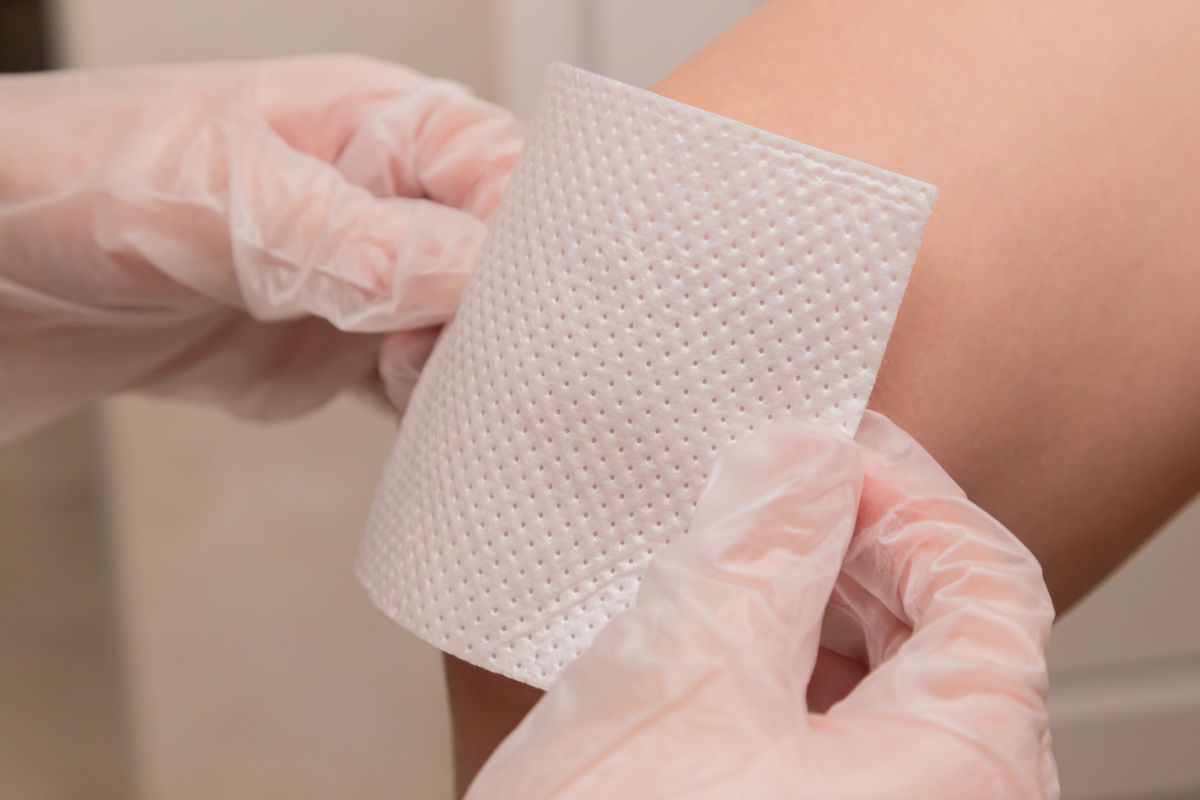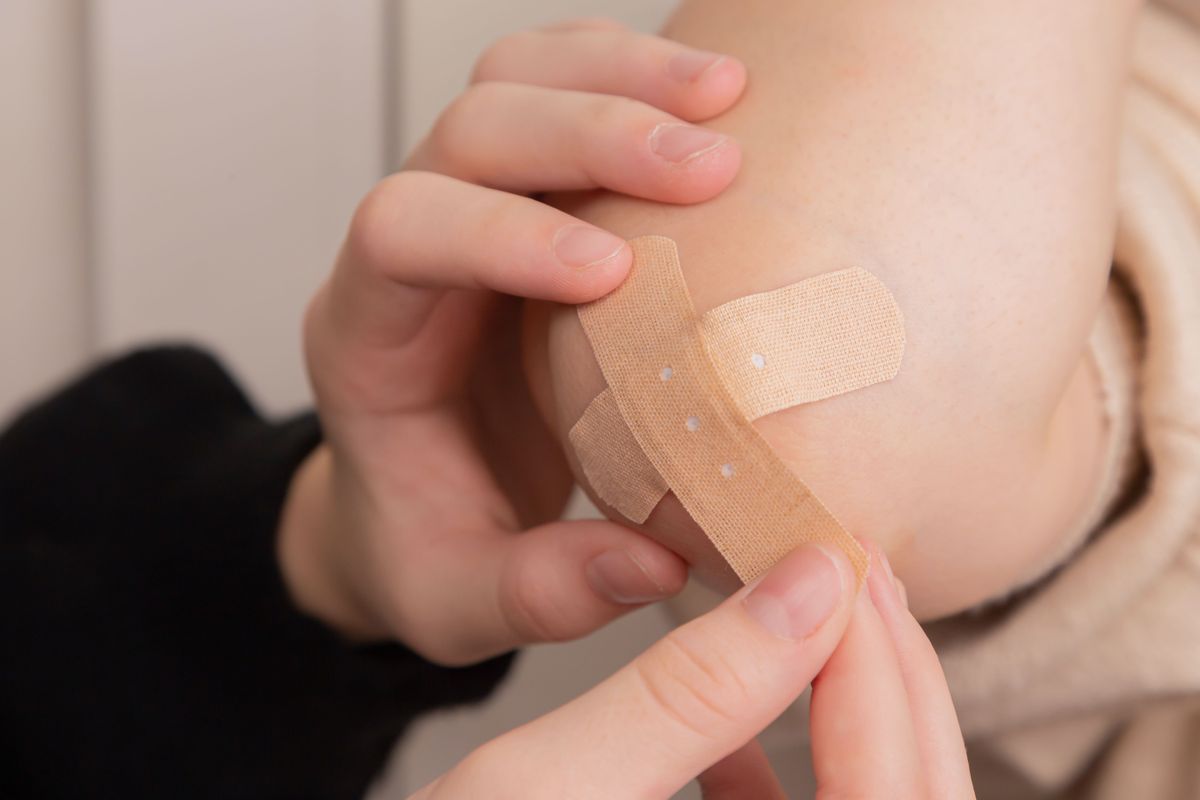Wounds are a common occurrence in everyday life, whether they are minor cuts and scrapes or more serious injuries. Regardless of the cause, proper wound care is essential to prevent infections, promote healing, and reduce scarring. In this blog post, we will examine what wounds are, the different types of wounds, the importance of wound care, and the steps involved in wound care. This way, we know Diversified Dynamic Care (DDC) can share deep knowledge on the general understanding of wound care and how to get help.
What are Wounds?
A wound is an injury to the skin or underlying tissue that causes a break in the skin’s continuity. Wounds can be caused by a variety of factors, including cuts, scrapes, burns, puncture wounds, and even pressure injuries. Some wounds are relatively minor and can be treated at home, while others require medical attention. Would care could be continuous and can take many weeks before healing. Again, depending on the severity of the wound, professional help might be needed. This is where our brand comes in to help. At DDC Adult Day Program, we have a team of wound care specialists who are knowledgeable with expertise in providing comprehensive wound management which facilitates timely healing.
Types of Wounds
Let us look at some types of wounds. There are several different types of wounds, each with its own set of characteristics and treatment options. In this blog post, we share some of the most common types of wounds which include:
Abrasions: An abrasion is a type of wound that occurs when the skin rubs against a rough surface, causing the top layer of skin to scrape off. Abrasions are often referred to as scrapes.
Lacerations: A laceration is a type of wound that occurs when the skin is torn. Lacerations can be caused by sharp objects, such as knives or broken glass, or by blunt force trauma, such as a punch or a fall.
Puncture Wounds: A puncture wound is a type of wound that occurs when a sharp object, such as a nail or needle, penetrates the skin. Puncture wounds can be particularly dangerous because they can go deep into the tissue, increasing the risk of infection.
Burns: this is a type of wound that occurs when the skin encounters a hot object or substance, such as fire, boiling water, or chemicals. Burns can range from mild to severe, with the severity of the burn affecting the extent of the damage to the skin and underlying tissue.
Pressure Wounds: Pressure wounds are a type of wound that occurs when sustained pressure is applied to an area of the skin, causing the skin and underlying tissue to break down. Pressure wounds are common in people who are bedridden or immobile and can be prevented by turning the person every 2 hours to redistribute the pressure.
Why is Wound Care Important?
Wound care is important because it helps to prevent infections, promote healing, and reduce scarring. Proper wound care involves keeping the wound clean and covered, which helps to prevent bacteria from entering the wound and causing an infection. In addition, wound care helps to keep the wound moist, which can speed up the healing process and reduce the risk of scarring.
Steps Involved in Wound Care
Please note that the steps involved in wound care will vary depending on the type and severity of the wound. However, we have put together some general steps involved in minor wound care which include:
Cleaning the wound: The first step in wound care is to clean the wound. This involves washing the wound with soap and water, and gently removing any dirt or debris. If the wound is deep or if there is any concern about infection, it is important to seek medical attention.
Applying an antiseptic: Once the wound has been cleaned, it is important to apply an antiseptic, such as hydrogen peroxide or alcohol, to help prevent infection.
Protecting the wound: The next step in wound care is to cover the wound. This can be done with a sterile bandage or dressing, or with a bandage that has been treated with an antiseptic.
Change the dressing: the frequency of changing the dressing will depend on the exposure, discharge, and healing. It is highly recommended to allow professionals to change the dressing for you if necessary.
Observe symptoms: it is very critical to look out for any changes in your wound. Take note of things like odor, discharge, redness, abnormal form, and irregular darkening of the skin around the wound. Any neglect can be dangerous and harmful.
Wound Care In London, Ontario Canada
In conclusion, you can trust our team of wound care nurses and specialists at Diversified Dynamic Care to give you a prompt evaluation and attention to your wound. We give urgent attention to all our clients and provide comprehensive wound management which facilitates timely healing. We are available from Monday – Saturday 9 am – 5 pm.
You can give us a call today at 519-643-0001.
Click here to learn more about our Adult Day Program.


